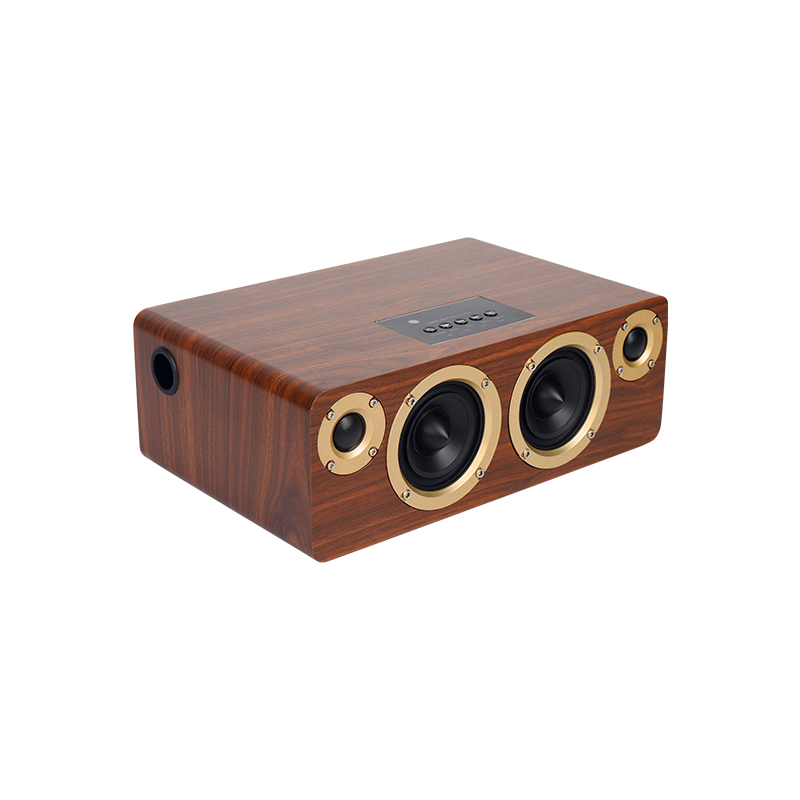Equalizer is a kind of electronic equipment that can adjust various frequency components to amplify a large amount of electrical signals. It compensates the defects of loudspeakers and sound fields by adjusting electrical signals of different frequencies, compensates and modifies various sound sources and other special functions. Generally, the equalizer on a sound console can only adjust electrical signals of high frequency, medium frequency and low frequency.

Equalizers are divided into three categories: graphic equalizer, parametric equalizer and room equalizer.
1. Graphic equalizer: also known as graphic equalizer, it can intuitively reflect the called equalization compensation curve through the distribution of push and pull keys on the panel. The lifting and attenuation of each frequency can be seen at a glance. It adopts constant Q value technology, and each frequency point is equipped with a push and pull potentiometer. The bandwidth of the filter remains unchanged regardless of the lifting or attenuation of a certain frequency. The common professional graphic equalizer divides the 20Hz~20kHz signal into 10, 15, 27 and 31 segments for adjustment. In this way, people choose different frequency equalizers with different segments according to different requirements. Generally speaking, the frequency points of the 10 segment equalizer are distributed at octave intervals. In general, the 15 segment equalizer is a 2/3 octave equalizer, which is used in professional sound reinforcement. The 31 segment equalizer is a 1/3 octave equalizer. Most of them are in important situations where fine compensation is required. The structure of the equalizer shown in the figure is simple and intuitive, so it is widely used in professional audio.
2. Parametric equalizer: also known as parametric equalizer, an equalizer that can adjust various parameters of the balance adjustment in detail. Most of the equalizers are attached to the mixer, but there are also independent parametric equalizers. The adjusted parameters include frequency band, frequency point, gain and Q value of the quality factor, which can beautify (including uglify) and decorate the sound, make the sound (or music) style more distinctive, colorful and achieve the desired artistic effect.
3. Room equalizer is an equalizer used to adjust the frequency response characteristic curve in a room. Because the amount of absorption (or reflection) of decorative materials to different frequencies is different and the impact of normal resonance causes sound staining, room equalizer must be used to objectively compensate and adjust the frequency defects due to building sound. The finer the frequency band is divided, the sharper the adjusted peak, that is, the higher the Q value (quality factor), the more detailed the compensation during adjustment, and the wider the frequency band is divided, the wider the adjusted peak. When the sound field transmission frequency characteristic curve is more complex, it is difficult to compensate.